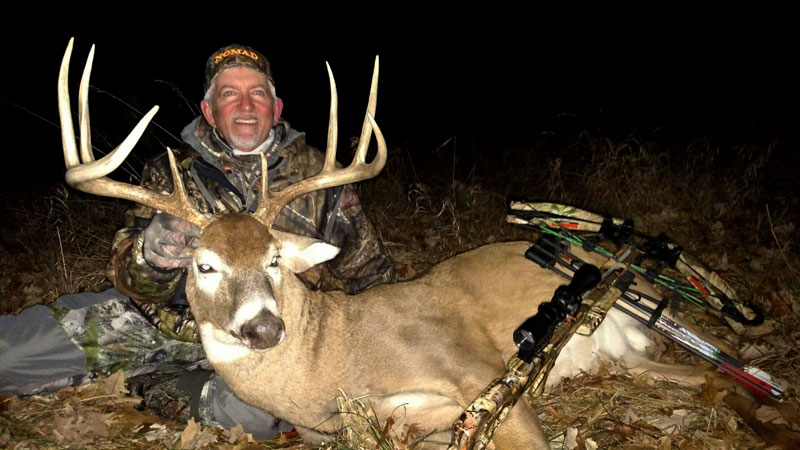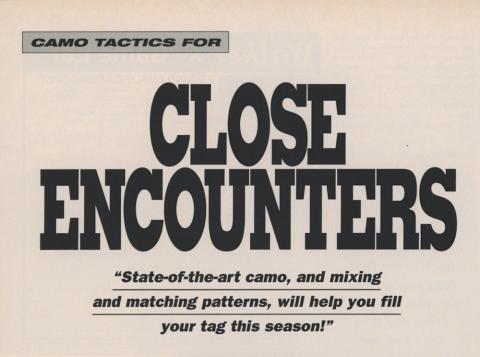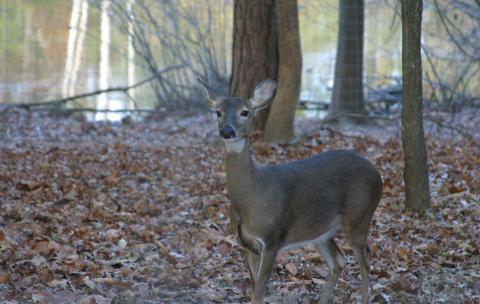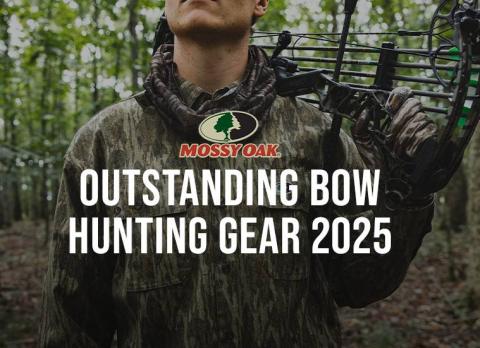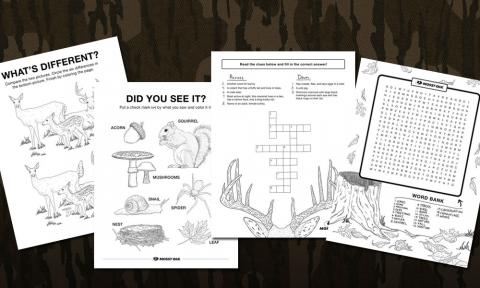Terry Drury | Drury Outdoors
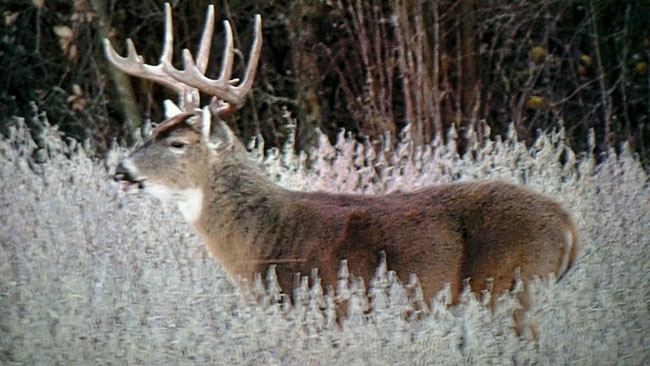
I took my next post-rut buck during the second firearms season in Iowa. I was hunting my brother Mark’s farm on December 9, 2017, only two days after I’d harvested the Missouri buck. When I'm hunting Mark’s farm, I don’t try to guide the guide. I just go where Mark tells me to go and do what Mark tells me to do.
This green field had also not been hunted during the entire deer season. I believe that’s an important ingredient to harvesting post-rut bucks, especially if you're hunting over a food source like a green field. The field we were hunting on was about a 1/4-acre field of Mossy Oak BioLogic. Another thing that made this small BioLogic spot a good place to find a buck after the rut was that the BioLogic was planted in a standing soybean field. This way, the deer could feed on the soybeans and also get some highly nutritious Mossy Oak BioLogic greens.
Because Mark had been using his Reconyx trail cameras, he already knew what bucks had been using this little green field before and during the season. The first buck that stepped out was a 4-1/2-year-old buck that would have scored 140 to 145 on Boone & Crockett.
Mark has a fairly stringent management program on his farm about taking bucks of certain ages. If you pass up a buck one year, there's a really good chance of seeing him the next year when he's one year older. So, I was more than willing to pass up any buck that Mark told me not to shoot. We saw several other 1-1/2- to 2-year-old bucks and several does. All of a sudden, a 2-1/2-year-old buck appeared, and there was a 6-1/2-year-old buck behind him that would score 150 to 155 Boone &Crockett.
Mark keeps a hit list of bucks that he knows are on his property. He’ll allow a hunter to take a 5-1/2-year-old deer. However, since this deer was 6-1/2-years old, I knew I could take him. Mark had trail camera pictures of this buck when he was 4-1/2 and 5-1/2 years old. As soon as we saw the buck, Mark knew that he wanted me to take him. We've learned that a 6-1/2-year-old deer is one of the most difficult bucks to take, because you rarely see them during daylight hours.
Another important ingredient to taking an older-age-class buck after the rut is to develop a history with the bucks on the area where you hunt. Over the years, we've learned that where a buck usually appears one year, there's a really good chance he’ll show up at that same place, at the same time the next year, especially after the rut. During the rut, a buck is expanding his territory. His home range may vary from a half mile to five miles. However, after the rut, if someone doesn’t harvest that buck, he’ll more than likely return to his home area.
Mark was in the blind with me filming the hunt. When that 2-1/2-year-old buck came out, Mark started filming. As soon as Mark saw the 6-1/2-year-old, 12-point buck, he whispered, “There's our buck right there.”
When we first saw the buck, he was at 130 yards. He started coming across the standing soybean field. When he was at about 75 yards, he started feeding on the standing soybeans. We opened the window of the blind, and I got the barrel of the Traditions muzzleloader out the window. Mark was positioned so that the wind would blow the smoke from the barrel of the muzzleloader away from the lens of the camera. Then he’d have a clear view after the shot, to get a good clear video of the bullet hitting the deer and what happened after the shot. The bullet hit right behind the shoulder and double-lunged the buck.
After the shot, we rewound the footage and Mark said, “He's done. Let’s go get him.”
We had a great blood trail to follow right to the buck. We said a prayer, and we said a thank you to our Pop, who passed away back in March. This buck was quite a celebration for two brothers.















